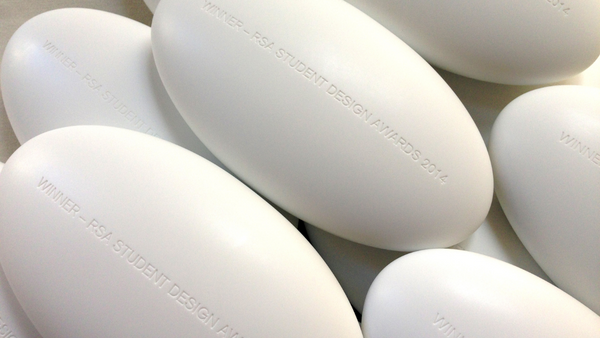David Barlex FRSA argues more needs to be done to bring designerly skills to the classroom following a recent RSA event on the challenges facing design and technology teaching in schools.
At the recent RSA event Art, Design and Bad Science John Miller asked what is wrong with Design and Technology (D&T) teaching in schools. In an accompanying paper he argued that practice does not live up to the good intentions of the original National Curriculum Orders or the considerable rhetoric that has followed.
There has in fact been no shortage of good ideas concerning practice, many from the Initial Teacher Education (ITE) community. But as most of these have not had much in the way of influence on practice, their absence from John’s paper should be forgiven. The rationale for D&T as a subject in the school curriculum is important. I am really impressed by the rationale that sees design and technological activity as a unique feature of human behaviour.
This was eloquently expressed by Jacob Bronowski in the TV series and book The Ascent of Man: "Man is a singular creature. He has a set of gifts, which make him unique among animals; so that, unlike them, he is not a figure in the landscape - he is a shaper of the landscape… The hand is the cutting edge of the mind. Civilization is not a collection of finished artefacts; it is an elaboration of processes. In the end the march of man is the refinement of the hand in action."
I see the role of D&T as providing pupils with the experience of their hands being the cutting edge of their minds and a sense of what it means to be a shaper of the landscape. This is D&T‘s unique contribution to education. But it is quite clear that for many teachers the subject has lost its way for a number of reasons.
First, the ‘race to the bottom’ caused by the way examining bodies have reduced assessment demand. Second, the limiting nature of the examining body set controlled tasks that have replaced projects based on pupil choice. And third, the pressure to achieve ever improving A* – C grades at GCSE preventing teachers encouraging pupils to take the risks required for creativity.
Add to the above that most teachers have had minimal experience in service training and that new entrants to the profession, despite the best efforts of the ITE community, make little impression on prevailing practice. So we have a situation in which the nature and legitimate aspirations of D&T soon evaporate.
So what is to be done? Whilst it is important to acknowledge the weaknesses in prevailing practice the discussion should move into the territory of identifying ways to improve the situation and the means to put these into effect. A start to this process would be for the RSA to host a subsequent event: What to do about D&T? A key focus should be on how we develop models of designerly behaviour that can be adopted by pupils in school in their D&T lessons. Where might such models be found? Clearly professional practice is one important source; consideration of how professional designers do what they do is essential to inform D&T practice. The work of the ITE community could also make a significant contribution alongside the views and practices of teachers. The role of the Design & Technology Association in developing and supporting good practice is important. What do others think?
David taught in comprehensive schools for 15 years achieving head of faculty positions in science and design and technology before taking university positions in teacher education. He directed the Nuffield Design & Technology Project and was Educational Manager for Young Foresight. You can find out more about David on LinkedIn or email him directly at [email protected]
Related articles
-
Last word: brand
Sairah Ashman
Sairah Ashman discusses what lies beneath the surface in a world awash with logo.
-
Inclusive solutions
Jillian Linton
The winners of the 98th cycle of the RSA Student Design Awards (SDA) are shifting their understanding of who design is for by prioritising inclusive design solutions.
-
Why isn’t the UK design industry more diverse?
Ben Pearson
The world faces existential sustainability issues – a global problem requiring a societal response – yet the design industry reflects a tiny segment of our society. Ben Pearson’s research examines how much damage this is doing, and how we can make things better



Join the discussion
Comments
Please login to post a comment or reply
Don't have an account? Click here to register.
It is interesting to note that the DfE are creating
a new 'Curriculum and General Qualifications Reform Group' to cover the
National Curriculum Review, GCSE reform and A-level reform. This group will apparently lead on taking forward the reform of GCSEs and the National Curriculum as a single process.
I would agree with David that GCSE reform is an essential component in helping address some of the issues outlined in John's paper - and the D&T Association is certainly keen and willing to engage the views of its members and the wider subject coimmunity in this process.